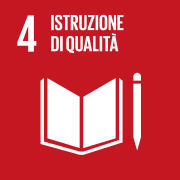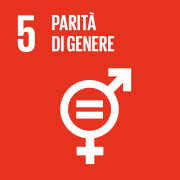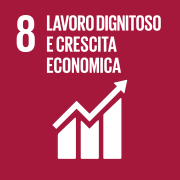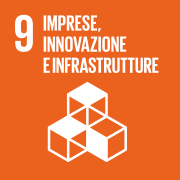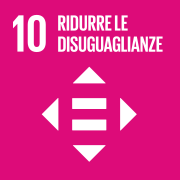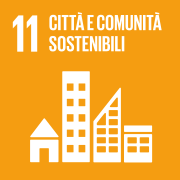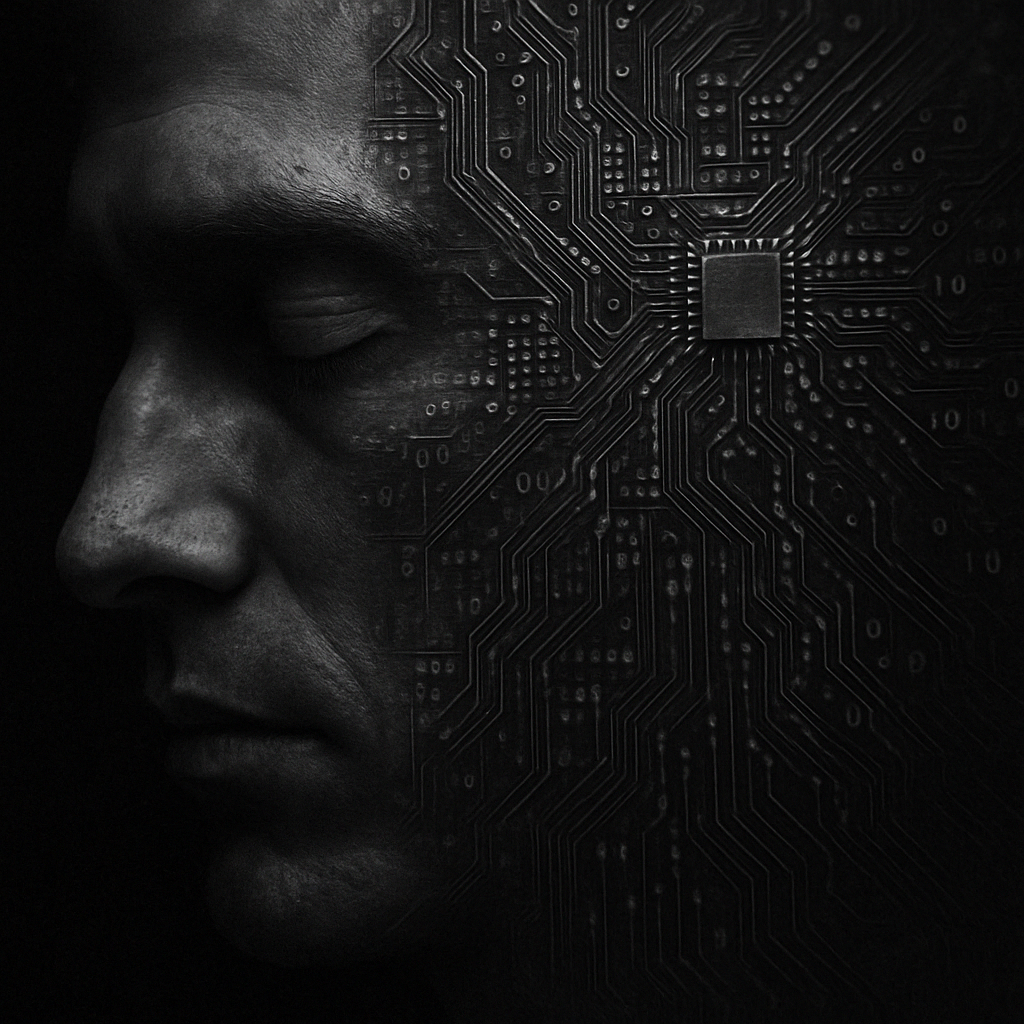
A psychoanalytical reading of the latest data of the Observatory for Digital Sustainability reveals the inner contradictions that hold back the sustainable evolution of digital and the conscious use of digital for sustainability. An invitation to collective mentalisation.
In the public debate, digital sustainability is often presented as a linear path, where technology and ecological awareness are intertwined in harmony. However, the reality is much more complex and ambivalent.
This is demonstrated by the latest survey by the Digital Sustainability Observatory, which analysed differences and points of contact between generations in the perception and use of digital technology to tackle environmental, social and economic challenges, and was presented by Prof. Stefano Epifani at Digital Sustainability Day.
In order to fully understand the apparent contradictions that emerge, I cannot help but resort to good old psychoanalysis, which is always useful when it comes to exploring the unconscious dynamics that govern our relationship with the digital and the environment.
1. The Digital as a Transitional Ambivalent Object
The digital can be understood, according to Winnicott’s concept of transitional object, in the same way as the teddy bear of our childhood, that is, as something that helps manage the transition between the inner world and external reality. In fact, the childhood Teddy Bear allows us not only to gradually detach ourselves from our mother, whose presence is symbolised by the teddy bear, but also to develop a relationship between our inner world and external reality mediated by an intermediate object.
Likewise, the digital, particularly for the youngest, becomes an intermediate space between self and world. In the case of the digital, however, the relationship is deeply ambivalent: on the one hand it offers comfort, connection, decision-making power, but at the same time it generates anxiety and disorientation. As if the object that should reassure ends up disturbing: it is like hugging a stuffed bear that sometimes growls. While 94% of Italians aged between 18 and 60 consider digital an opportunity, 60% (and 66% of Baby Boomers) believe that it also entails social injustice and job loss.
2. The Removal of Sustainability
In 2025, 44% of Italians said they knew ‘little or nothing’ about the concept of sustainability. But the most interesting data is qualitative: even among those who describe themselves as ‘very committed’, less than a third manage to link their ideas to coherent behaviour. This gap between thought and action recalls a classic Freudian mechanism: removal. To protect themselves from ecological anxiety, the individual represses the impact of their everyday choices and delegates processing to slogans and symbols.
3. The Digital Superego and Algorithmic Guilt
Social media and digital technologies reflect a new form of technological Super-Ego: invisible but omnipresent, it judges, rewards or punishes with likes, notifications. Technology imposes sustainability codes often internalised more out of fear of social sanction than genuine value. Hence the paradox that utterance is not followed by action.
It is no coincidence that 31% of Millennials and as many as 27% of Gen Z consider climate change a serious problem, but not an urgent one. It is the digital continuation of Flaiano’s aphorism that the situation is serious but not serious. The digital moral pressure not internalised and embraced induces a form of passive guilt, leading to fine rhetorical statements, but not active ones. It is the anguish of the unrealised ideal, of the ‘green profile’ that does not coincide with actual behaviour.
4. The Paradox of the ‘Digital Unsustainable
According to the Observatory’s data, 47% of Gen Z is classified as ‘digitally unsustainable’, but still shows sustainable behaviour. Paradoxically, it is easier for a ‘digitally unsustainable’ to act sustainably than for an ‘analogue sustainable’.
This suggests a dissociation between identity and action, typical of the Winnicktian false self: one acts correctly without affectively integrating the meaning of the action.
5. Generational Regression and the Delegation of Action
Generation Z, despite being digitally immersed, shows signs of symbolic regression: only 22 per cent declare themselves to be ‘very digitally competent’, and only 34 per cent say they are well versed in sustainability.
It is as if the digital, instead of promoting autonomy and agency, produces infantilisation, magical expectations, delegation. A position that Klein would call ‘schizo-paranoid’: the problem is split off, projected elsewhere (onto previous generations, onto the system), and addressed with primitive emotions (anger, disinterest, defensive irony).
6. The digital unconscious
As described in ‘The Digital Unconscious and Sustainability’, digitalisation is producing a new type of collective unconscious, a digital unconscious, which is not the purely rational one imagined by the declaration of independence Cyberspace, but the chaotic one in which even our less conscious impulses are projected and emotions can spread online by ‘contagion’ and not by processing, which favours impulsive, mimetic, non-symbolised reactions. The difficulty of correlating ideological choices and concrete consequences (less than 30% of Italians manage to do so) shows that the mental apparatus struggles to integrate the digital into the field of ethical action. Connection is high, reflection is low.
7. The Collapse of Attention to Sustainability: an Alarm Signal
Confirming these dynamics, Ferruccio de Bortoli, in an article published on 17 April 2025 in Corriere della Sera, points to a ‘serious slowdown, which sometimes is even a backward march, on both environmental and social sustainability issues’. Citing research by Eumetra, de Bortoli reports that ‘in just one year, on the scale of personal priorities, [attention to sustainability] has simply halved’, especially among the social groups with the most influence. This drop in attention represents a collective alarm signal.
Mentalising Sustainability
The way out of this impasse is mentalisation: the ability to reflect on one’s thoughts, emotions, actions, and to recognise their causes and consequences. It is the psychic function that enables us to move from reaction to responsibility, from impulse to intention.
Mentalising digital sustainability means:
– Ask yourself “why do I click?”: reflect on your digital habits and what they support or destroy;
– Linking thinking and behaviour: it is not enough to ‘be pro-environment’ if you then compulsively buy online or throw away your smartphone after a year;
– Integrating affection and knowledge: knowing that the climate is changing is not enough if one does not feel the sense of loss, the concern, the passion. Without affection, there is no action;
– Transforming the digital from a narcissistic mirror to a relational space: using the net to enter into conscious relationships, not just to project an idealised self-image.
Conclusion: the digital as a space of consciousness
If today the digital infrastructure is everywhere, a psychic infrastructure to inhabit it is still missing. Mentalising the digital and sustainability is the most urgent cultural task of the generations facing the transition. It is a task that does not demand perfection, but presence. It is time to build a digital consciousness. Because only a subjectivity capable of thinking itself can truly change.



